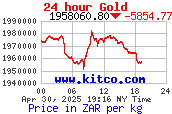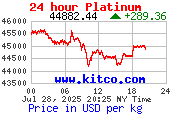As per the laws issued by the IRS, people who opted for direct deposits on their 2007 income tax returns will get the payments of up to 600 ($1,200 for married couples) plus $300 for eligible children younger than 17, throughout the spring and summer.
The first cycle of paper checks will be mailed out by the IRS starting from May 9. The taxpayer who opted for direct deposit first will get the payment sooner by mail. Tax payers who submitted their returns before April 15 will be the first one to get the checks. Those who did not submit within the due dates may see their economic stimulus payment schedule later than the scheduled dates.
People who submitted their tax returns to be processed before April 15 will get the direct deposits transmitted to your bank account according to the following schedule.
If the last two digits of your social security number are ending with 00 – 20, then you will receive the economic stimulus payment deposit by May 2.
- Social security # ending with 21 – 75 – direct deposit will be deposited by May 9
- Social security # ending with 76 – 99 - direct deposit will be deposited by May 16
People who want to get their direct deposits by paper check, will receive the check within the following dates.
- Social security # ending with 00 – 09 - May 16
- Social security # ending with 10 – 18 - May 23
- Social security # ending with 19 – 25 - May 30
- Social security # ending with 26 – 38 - June 6
- Social security # ending with 39 – 51 - June 13
- Social security # ending with 52 – 63 - June 20
- Social security # ending with 64 – 75 - June 27
- Social security # ending with 76 – 87 - July 4
- Social security # ending with 88 – 99 - July 11
IRS is going to send notices to the taxpayers who have filed their 2007 tax return and are eligible for the economic stimulus payment. It is suggested to keep these important papers documented and should be retained by the taxpayers.








 Wikipedia Finance
Wikipedia Finance